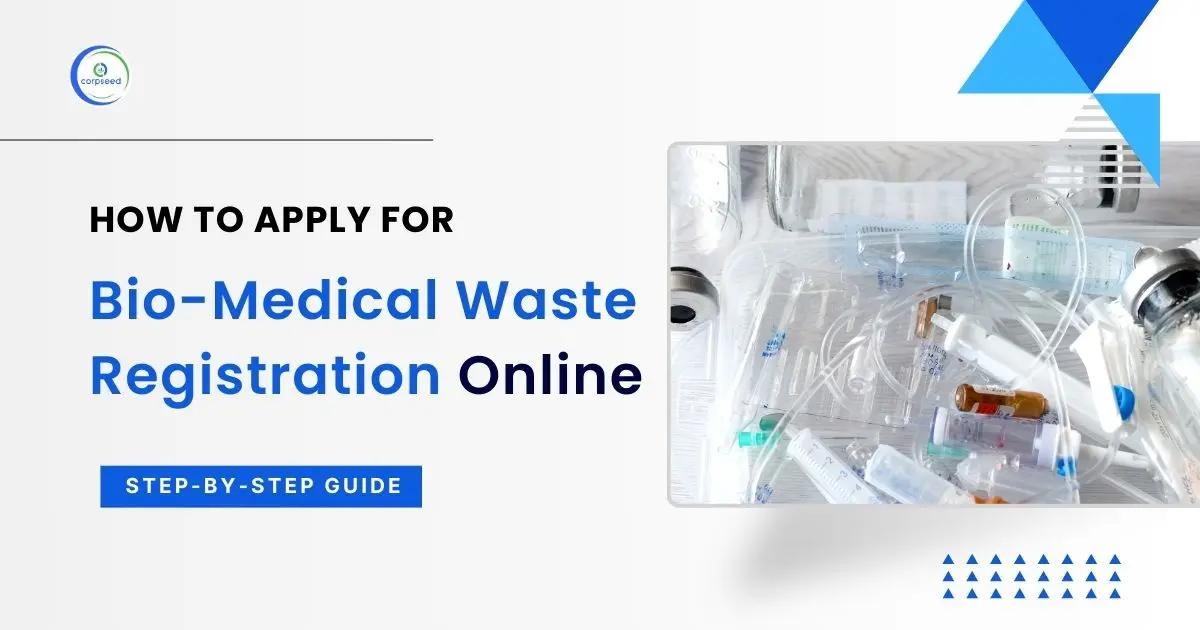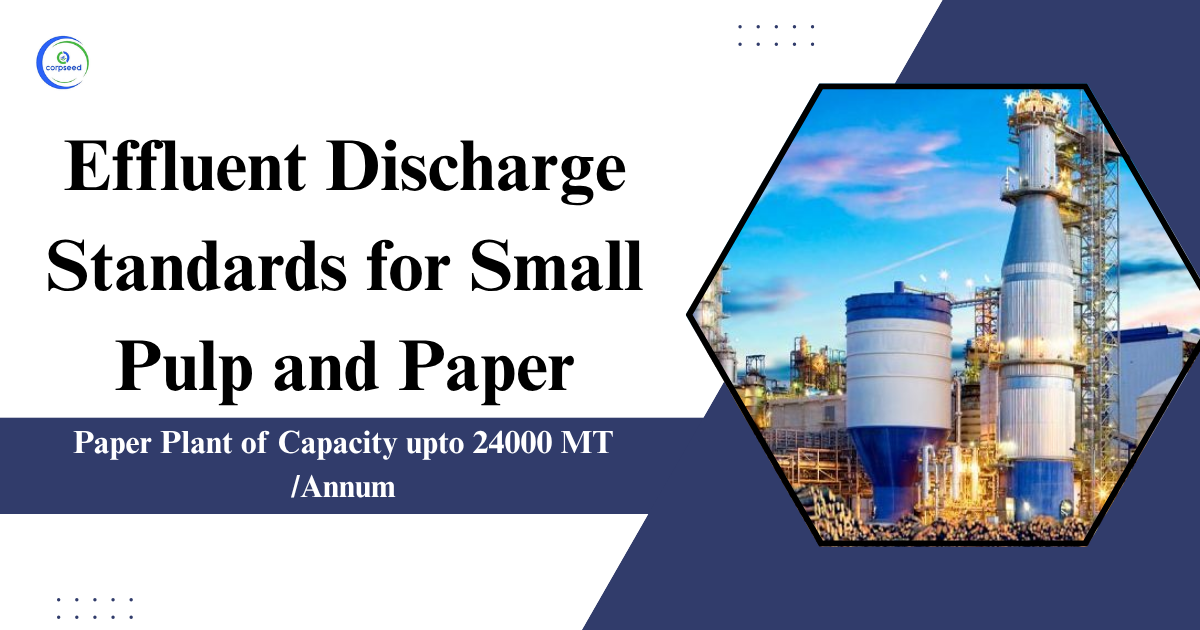Introduction: Organic Chemicals Manufacturing Industry
Economic liberalization policies in the past 20 years or so have led to rapid growth in Indian industries. The production of petrochemicals, pesticides, pharmaceuticals, textiles, dyes, fertilizers, leather products, paint, and chlor-alkali has grown significantly. These industries produce wastes containing heavy metals, cyanides, pesticides, complex aromatic compounds (such as polychlorinated biphenyls), and other toxics.
--------------Blog Contact Form-------------
In exercise of the powers conferred by sections 6 and 25 of the Environment (Protection) Act, 1986 (29 of 1986), the Central Government makes the following rules.
| Industry | Parameter | Standard |
| Organic Chemicals Manufacturing Industry | Effluent Standards | |
| Compulsory Parameters | Limiting Concentration in mg/1, except for pH and Bioassay | |
| pH | 6.5-8.5 | |
| BOD 3 days, 27° | 100 | |
| Oil & Grease | 10 | |
| Bioassay test +(The Bioassay test shall be conducted as per IS:6582-1971 | Minimum 90% survival after 96 hours in 100% effluent | |
| Additional Parameters | ||
| Nitrate (as N) | 10 | |
| Arsenic (as As) | 0.2 | |
| Chromium (Hexavalent) | 0.1 | |
| Chromium Total | 1.0 | |
| Lead (as Pb) | 0.1 | |
| Cyanide (as CN) | 0.2 | |
| Zinc (as Zn) | 5.0 | |
| Mercury (as Hg) | 0.01 | |
| Copper (as Cu) | 2.0 | |
| Nickel (as Ni) | 2.0 | |
| Phenolics (as C6H5OH) | 5.0 | |
| Sulphide | 2.0 | |
Note:
-
Industries covered under this group include halo aliphatics, Plasticizers, aromatics (alcohols, phenols, esters, acids and salts, aldehydes, ketones) substituted aromatics, aliphatics (alcohols, esters, acids, aldehydes, ketones, amines, and amides) and detergents.
-
Though norms for COD are not mentioned here but, COD shall be mentioned here but, COD shall be mentioned, if the COD in treated effluent exceeds 250 mg/1, the concerned industrial units discharging such effluent shall be required to identify chemicals responsible for high COD in effluent, in case, there are found to be toxic as defined under the manufacturer, Storage and Import of hazardous chemicals Rules 1989, the concerned industry shall install tertiary treatment system.
-
The above-mentioned standards shall not be applicable to small-scale detergent formulating units.
B. Emission Standards for Incinerator
| Industry | Parameter | Standard | |
| Organic Chemicals Manufacturing Industry | Limiting concentration in mg/Nm³, Unless otherwise stated | Sampling Duration in minutes unless otherwise stated | |
| Particulate Matter | 50 | 30 or more ( for sampling about 300 liters of emission) | |
| HCI | 50 | 30 | |
| SO2 | 200 | 30 | |
| CO | 100 | Daily average | |
| Total Organic - Carbon | 20 | 30 | |
| Total Dioxins and furans*-Existing incinerator | 0.2ngTEQ/Nm³ | 8 hours | |
| Total Dioxins and furans*-New Incinerator | 0.1 ngTEQ/Nm³ | 8 hours | |
| Sb+As+Pb+Cr+Co+Cu+Mn+Ni+V+Cd+Th+Hg and their Compounds | 1.5 | 2 hours | |
| (*)- The existing plant shall comply with norms for Dioxins and Furans as 0.1 ngTEQ/Nm³ | |||
For more information about Delhi Pollution Control Committee (DPCC) Click here Delhi Pollution Control Committee
For more information about State Pollution Board Click here State Pollution Board
Note:
-
All monitored values shall be corrected to 11% oxygen on a dry basis.
-
The CO2 concentration in tail gas shall not be less than 7%.
-
In case, halogenated organic waste is less than 1% by weight in input waste, all the facilities in twin chamber incinerator shall be designed so as to achieve a minimum temperature of 850±25°C in the primary chamber and 950°C in the secondary combustion chamber not less than two seconds. or All the facilities in single chamber incinerators for gaseous hazardous waste shall be designated so as to achieve a minimum temperature of 950°C in the combustion chamber with gas residence time not less than two seconds.
-
In case halogenated organic waste is more than 1% by weight in input waste, waste shall be incinerated only in twin chamber incinerators and all the facilities shall be designed to achieve a minimum temperature of 850± 25°C in the primary chamber and 1100°c in the secondary combustion chamber with a gas residence time in secondary combustion chamber not less than two seconds.
-
Scrubber meant for scrubbing emissions shall not be used as the quencher.
-
Incineration plants shall be operated (i.e Combustion chambers) with such temperature retention time and turbulence, as to achieve Total Organic Carbon (TOC) content in the incineration ash and residue less than 3 %, and their loss on ignition is less than 5% of the dry weight. In the case of non-conformity, ash and residue, as the case may be shall be re-incinerated.
-
The incinerator shall have a chimney of at least thirty meters height
C. Effluent Standards for Incinerator
-
Effluent from scrubber (S) and floor washing shall flow through closed conduit or pipe network and be treated to comply with effluent standards mention at ‘A’ above.
-
The built up in total Dissolved Solids (TDS) in wastewater of floor washing shall not exceed 1000mg/l over and above the TDS of raw water used.
D. Stormwater
Note:
- Stormwater shall not be allowed to mix with scrubber water and/or floor washings.
- Storm water shall be channelized through separate drains passing through a HDPE lined pit having holding capacity of 10 minutes (hourly average) of rainfall.
This portion of the site is for informational purposes only. The content is not legal advice. The statements and opinions are the expression of author, not corpseed, and have not been evaluated by corpseed for accuracy, completeness, or changes in the law.
BOOK A FREE CONSULTATION
Get help from an experienced legal adviser. Schedule your consultation at a time that works for you and it's absolutely FREE.



.webp)





